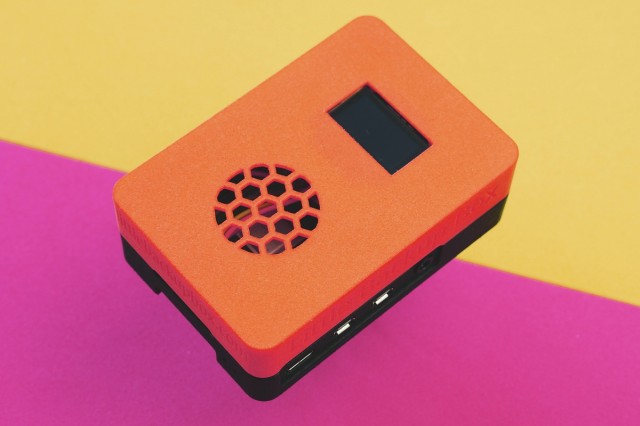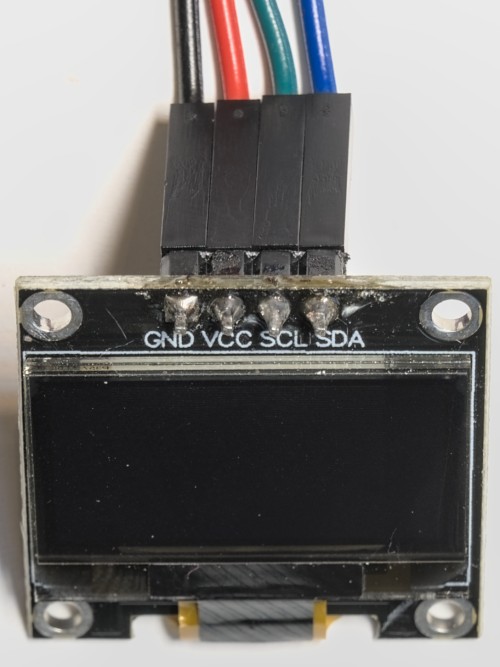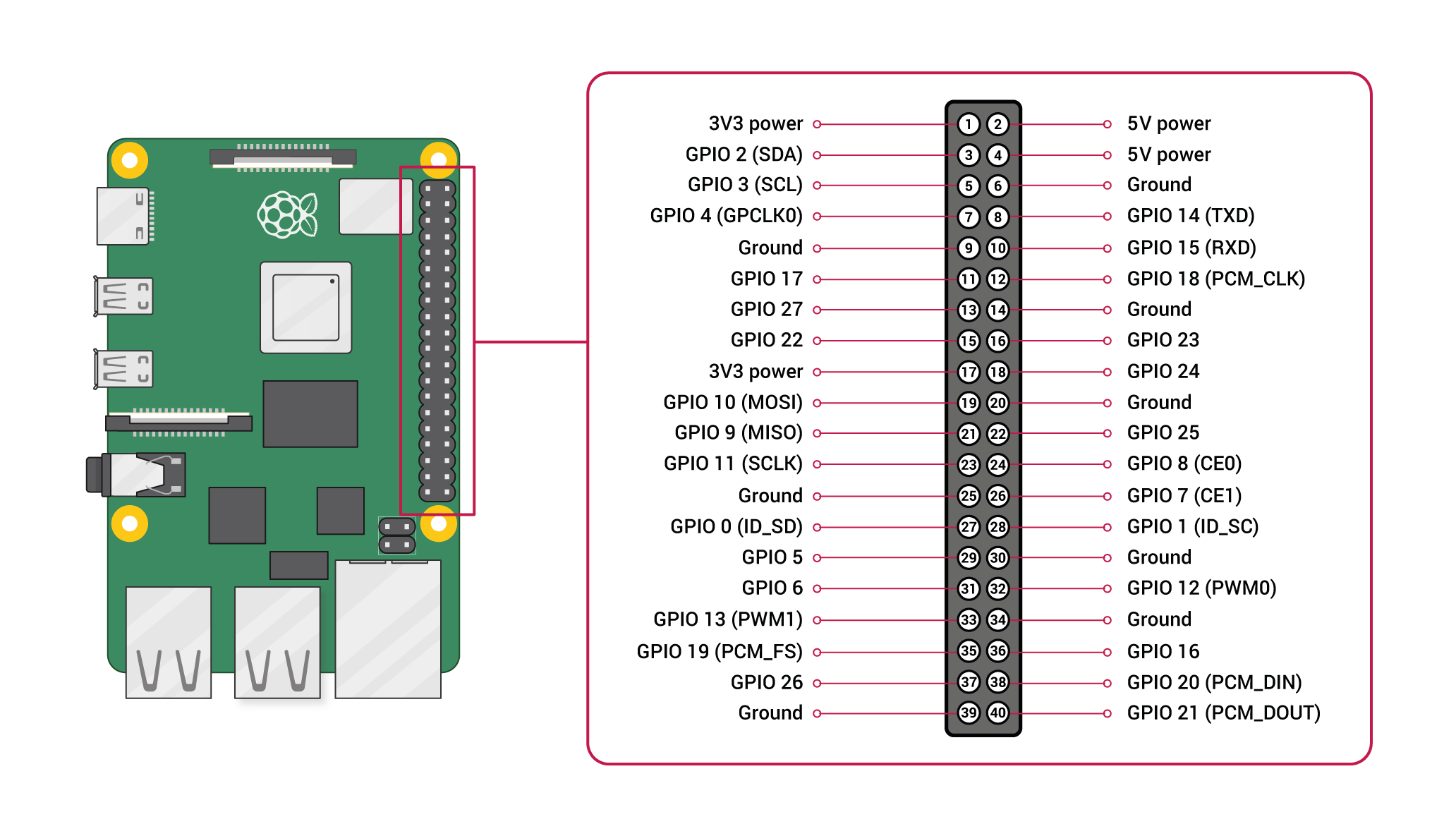-
Notifications
You must be signed in to change notification settings - Fork 105
02. Hardware
Because of the advantage of USB 3.0 Raspberry Pi 4 Modell B is recommended. It shouldn't make a big difference whether you use the 2GB, 4GB or 8GB variant here.
Some other Raspberry Pi's were successfully tested. So far, only the Raspberry Pi 1 has proven to be really unusably slow, at least if you want to use a display.
Unfortunately, there are no reports about other single-board computers. Experiences are welcome to be reported in the discussions.
| Computer | Experience |
|---|---|
| Raspberry Pi 4 Model B | No problems with all variants |
| Raspberry Pi 3 Model B | About half the copying speed compared to the Raspberry Pi 4 thanks to USB 2.0 |
| Raspberry Pi zero 2 W with USB Hubs HAT | About half the copying speed compared to the Raspberry Pi 4 thanks to USB 2.0 |
| Raspberry Pi zero with USB Hubs HAT | Slow responding web GUI, even lower copying speed compared to the Raspberry Pi zero 2 W |
Little Backup Box uses luma.oled as the display driver. In principle, all displays supported by luma.oled can be controlled.
Some displays do not seem to be suitable for the Little Backup Box due to the resolution or geometry, so they are currently not supported. For others, there may be undesirable representations. Feedback is requested here, optimizations may be possible.
A Display must be configured in the settings.

Image 1: Case with display
Little Backup Box supports a 128x64 dot display. This must be addressable with I2C or SPI. These devices usually will cost less than 10 €.
In addition, you need jumper cables in a female-female configuration.
Your display has 4 PINS:
- GND: Ground, black in Image 2
- VCC: Power 3.3V or 5.0V, depends on your display, red in Image 2
- SCL: i2c-clock, green in Image 2
- SDA: i2c-data, blue in Image 2

Image 2
At first find out the specifications of your display: VCC 3.3V or 5.0V? Your vendor should provide the information.
- unplug your Raspberry Pi
- connect Display-VCC to PIN 1 "3V3 power" or PIN 2 "5V power", depending on your displays specifications.
- connect Display-SCL to PIN 5 "GPIO 3 (SCL)"
- connect Display-SDA to PIN 3 "GPIO 2 (SDA)"
- connect Display-GND to PIN 6 "Ground" (or any other of the PINs named "Ground")

Image 3: From https://www.raspberrypi.com/documentation/computers/os.html under a Creative Commons Attribution-ShareAlike 4.0 International (CC BY-SA) licence.
No liability is assumed for any damage caused by errors (including grossly negligent) in these instructions.
SPI has up to seven pins:
- VCC: Power 3.3V
- GND: Ground
- D0: Clock
- D1: MOSI
- RST: Reset
- DC: Data/Command
- CS: Chip Select
Please also note Figure 3 for wiring.
- unplug your Raspberry Pi
- connect Display-VCC to PIN 1 "3V3 power"
- connect Display-GND to PIN 6 "Ground" (or any other of the PINs named "Ground")
- connect Display-D0 Clock to PIN 23 GPIO 11 (SCLK)
- connect Display-D1 MOSI to PIN 19 GPIO 10 (MOSI)
- connect Display-Reset to PIN 22 GPIO 25
- connect Display-DC to PIN 18 GPIO 24
- connect Display-CS to PIN 24 GPIO 8 (CE0)
No liability is assumed for any damage caused by errors (including grossly negligent) in these instructions.
Camera manufacturers sometimes format memory cards in proprietary formats, which can make handling difficult. On the other hand, there are also mass storage devices that cannot be operated directly on the Raspberry Pi in a stable manner, for example because of their high power consumption. Basically, however, it can be assumed that almost all camera models and almost all storage devices can be operated with the Little-Backup-Box, albeit with a little effort. The compatibility list is a start and will grow with every feedback.
| Manufacturer | Model | via cardreader | Camera/direct | Comment |
|---|---|---|---|---|
| DJI | DJI Mini 2 | yes | ? | |
| GoPro | Hero5 | yes | ? | |
| GoPro | Hero8 | yes | ? | |
| Nikon | Z6 | yes | yes | The energy requirement can be too high for the Raspberry pi and especially for weak power supplies, especially in combination with energy-intensive storage media (backup target). A generously dimensioned power supply unit (> 5V / 3A) or, even better, a powered hub enable stable use. |
| Olympus | E‑M1 Mark II | yes | ? | |
| Olympus | E‑M1 Mark III | yes | ? | |
| Olympus | E-M5 Mark III | yes | ? | |
| Olympus | LS-P4 Hi-Res Audiorekorder | yes | ? | |
| Zoom | Zoom H1 Portable Recorder | yes | ? | |
| Zoom | Zoom H1n Portable Recorder | yes | ? | |
| Zoom | Zoom H4 Portable Recorder | yes | ? |
| Manufacturer | Model | via USB/cardreader | Comment |
|---|---|---|---|
| ? | UHS II SD Card | yes | |
| Lexar | 1667x 128GB SDXC UHS-II card | yes | tested with Ugreen SD / microSD Card Reader and powered hub |
| Samsung | Portable SSD T5 2TB | yes | powered hub needed |
| Sandisk | Extreme 128 microSD | yes | tested with Ugreen SD / microSD Card Reader and powered hub |
| Sandisk | Sandisk Extreme Portable SSD 1 TB | yes | |
| Transcend | 700S R285/W180 SDXC 64GB, UHS-II U3, Class 10 | yes | tested with Ugreen SD / microSD Card Reader and powered hub |
Some devices have an energy requirement that exceeds the capabilities of the Raspberry Pi 4. Problems occurred mainly in connection with XQD and CFExpress cards. Powerd USB hubs can enable reliable operation.
ORICO 4-Port USB3.0 HUB is powered by USB-c and works very well with XQD-Cardreaders.
UGREEN 4-Port USB 3.0 HUB is not tested yet